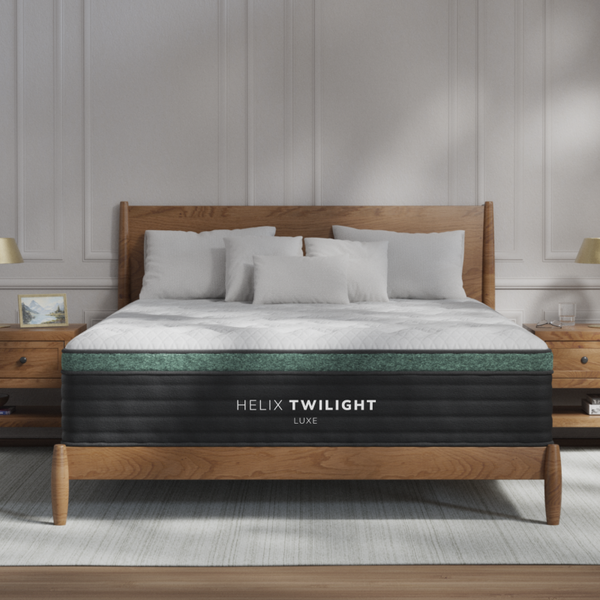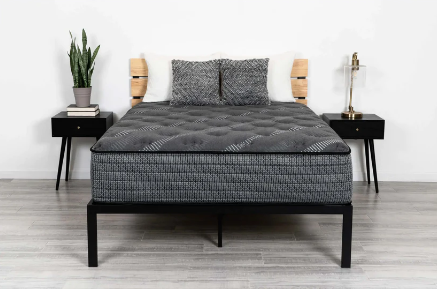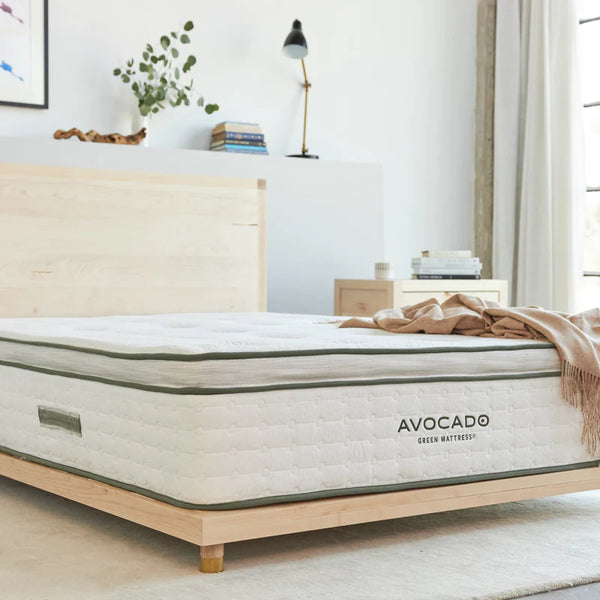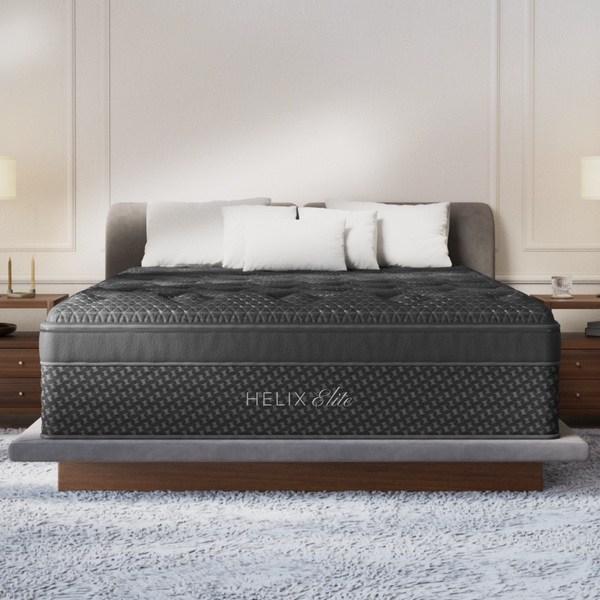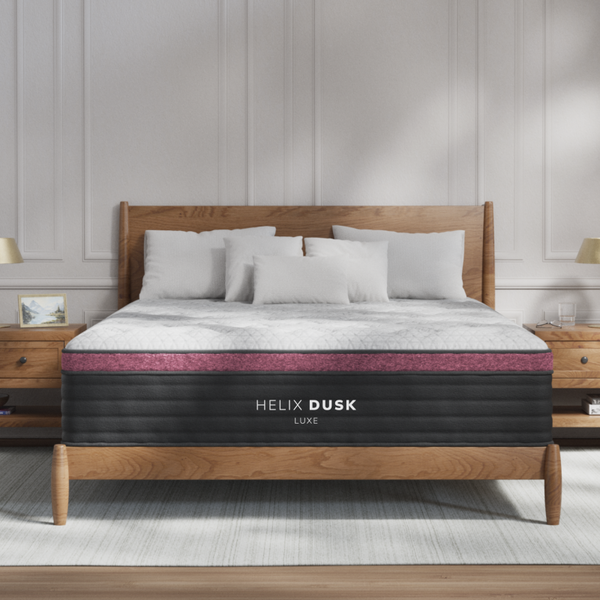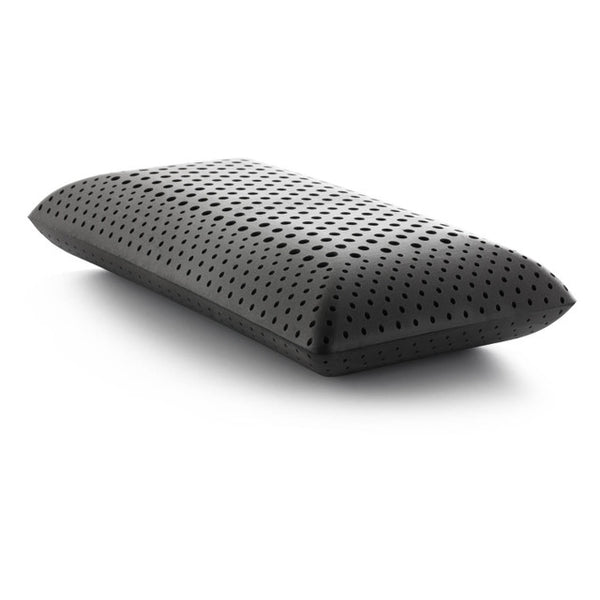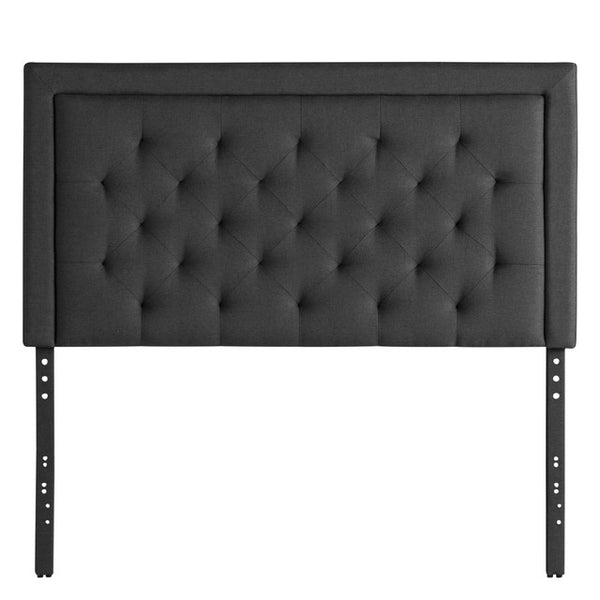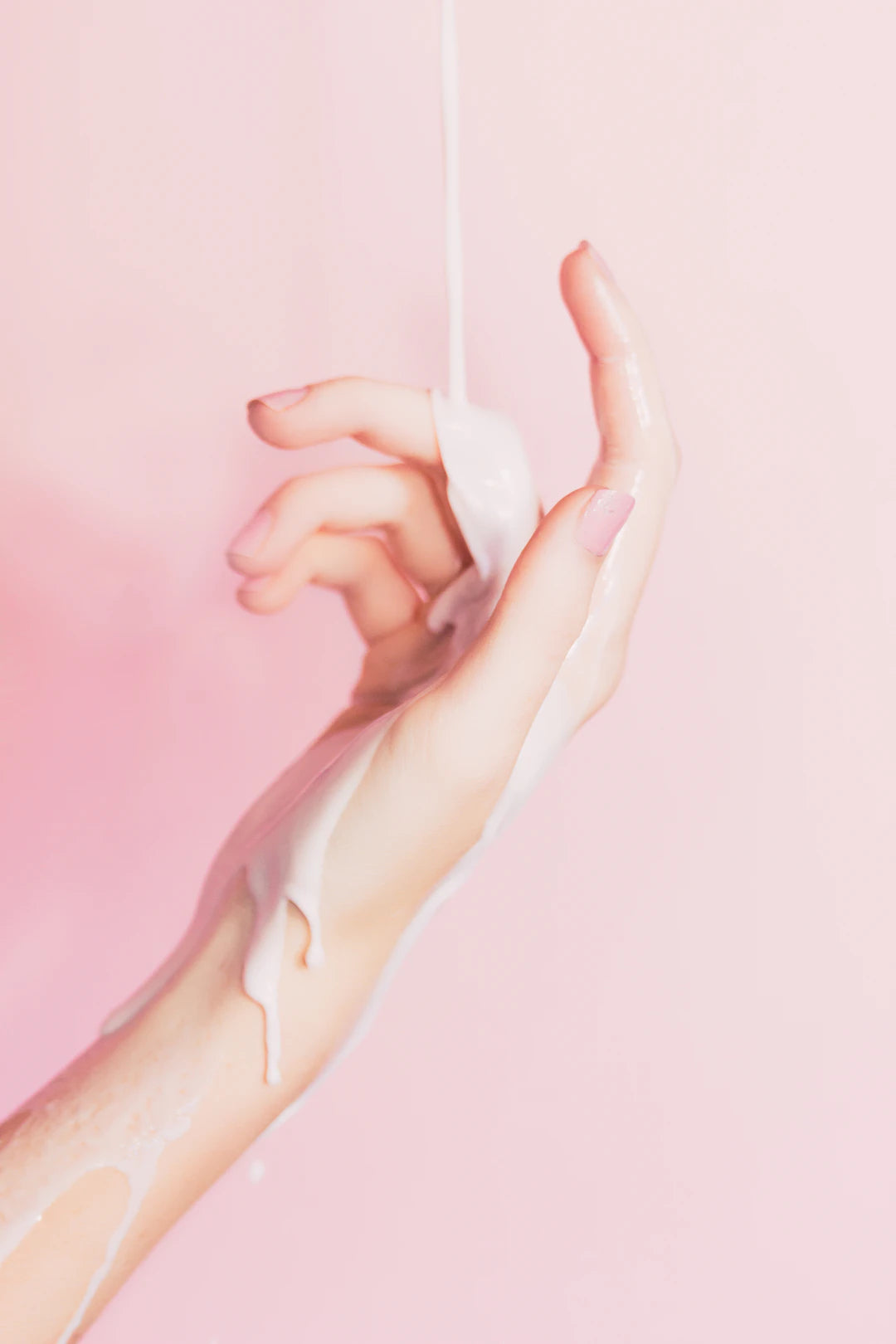
Frequently Asked Questions
1. Why is mattress maintenance important?
2. How often should I rotate or flip my mattress?
3. What are the signs that my mattress needs replacement?
4. How can I deodorize my mattress?
5. When should I consider professional help for my mattress?
Your mattress is an investment in your comfort and well-being. Much like a fine piece of furniture, it requires regular care and maintenance to prolong its life and ensure you get the best sleep possible. For Brooklyn residents, who are often busy balancing work, social commitments, and family life, maintaining a mattress can sometimes take a back seat. However, engaging in DIY mattress maintenance can not only enhance your sleep experience but also save you money in the long run. Here are some effective tips to help you maintain your mattress right from the comfort of your Brooklyn home.
Understanding Your Mattress
Before diving into maintenance tips, it’s vital to understand the different types of mattresses available and how they require specific care routines:
- Innerspring Mattresses: Usually consist of coils and layers of padding, they need to be rotated regularly.
- Memory Foam Mattresses: These contour to your body and should be cleaned to prevent deterioration from dust mites and bacteria.
- Latex Mattresses: Often made from natural materials, these require gentle care but are generally more durable.
Regular Maintenance is Key
To extend the life of your mattress and keep it clean, here are several key maintenance tips Brooklyn residents should follow:
1. Rotate and Flip Your Mattress
Most mattresses benefit from regular rotation and flipping. This practice helps to prevent uneven wear and prolongs mattress life. Typically, you should aim to rotate your mattress every three to six months. If your mattress is designed for flipping, do this at the same time to redistribute wear evenly.
2. Use a Mattress Protector
A waterproof mattress protector can shield your bed from spills, sweat, and allergens. This is particularly important for residents in Brooklyn who may be living in apartments with varying humidity levels. Choose a breathable protector to maintain your mattress's comfort while guarding against dust mites and stains.
3. Clean Your Mattress Regularly
Regular cleaning of your mattress can help eliminate dust and allergens. Follow these steps:
- Vacuum: Use the upholstery attachment on your vacuum cleaner to remove dust and debris.
- Spot Clean: Use a mild detergent solution to spot clean stains. Test on a small area first.
- Deodorize: Consider sprinkling baking soda on your mattress to absorb odors, letting it sit for a few hours before vacuuming it off.
Watch Out for Signs of Wear
Being proactive about the signs of wear will help you maintain your mattress effectively. Here are a few signs to keep an eye out for:
1. Sagging or Lumpiness
If you find that your mattress is sagging in different areas or shows signs of lumps, it may be time to consider replacement or professional repair. Regular rotation can help with this issue, but eventually, all mattresses wear out.
2. Allergies and Asthma Symptoms
If you notice an increase in allergy symptoms, your mattress may harbor dust mites or mold. In this case, consider deep cleaning or replacement.
3. Noise
If your mattress creaks or makes noise when you move, it might be a sign of wear, especially for innerspring mattresses. This may suggest that the internal components are damaged.
Addressing Mattress Odors
Over time, a mattress can develop unpleasant odors. Here are steps to eliminate these smells:
1. Air it Out
Open your windows and let fresh air circulate through the room, especially sunny days. Sunshine can also help kill bacteria and mold, providing a natural deodorizing effect.
2. Use Natural Deodorizers
Baking soda is a fantastic natural deodorizer. Simply sprinkle it over the surface of your mattress, let it sit for a few hours, then vacuum it up.
Don’t Forget About Pillows and Bedding
Your mattress isn’t the only thing that needs care. Regular maintenance of your pillows and bedding is equally important. Here’s how you can do it:
1. Wash Your Bedding Often
Your sheets, pillowcases, and duvet covers should be washed regularly. A good rule of thumb is to wash them every one to two weeks. This will help keep allergens at bay and maintain a fresh sleeping environment.
2. Clean or Replace Pillows
Pillows can accumulate sweat, oils, and dust mites over time. Depending on the type of pillows you have, some can be safely washed in a machine, while others might need to be replaced every couple of years. Always check care labels to maintain their longevity.
Consider Professional Help
While DIY maintenance is beneficial, some issues may require professional intervention:
1. Deep Cleaning Services
If you find that your mattress is heavily stained or odorous despite your efforts, you might consider hiring a professional cleaning service that specializes in mattress cleaning. Reinforcement your DIY efforts with professional help can sometimes be worth it.
2. Repair Services
If your mattress has specific issues like springs poking through or major sagging, a professional could repair or advise if it’s time for a new mattress.
Mattress Lifespan and When to Replace
Even with thorough maintenance, every mattress has a lifespan. Here’s a general guide:
- Innerspring Mattresses: 7-10 years
- Memory Foam Mattresses: 8-10 years
- Latex Mattresses: 10-15 years
Knowing these timelines helps you plan ahead and prepare financially for a new setup when the time comes, ensuring you always have adequate support for a restful sleep.
Customize Your Sleep Sanctuary
Finally, consider customizing your sleep environment to improve mattress maintenance and sleep quality:
1. Control Room Temperature
The ideal room temperature for sleep is between 60 to 67 degrees Fahrenheit. Maintaining a cooler environment can reduce moisture and limit dust mites.
2. Invest in Quality Bedding
Choosing high-quality bedding made from breathable materials can help regulate temperature and wick moisture, which assists in preserving your mattress.
3. Create a Sleep Routine
Establishing a bedtime routine promotes relaxation and better sleep quality. Consider incorporating elements like reading or meditation to wind down.
Unlock the Secret to a Long-Lasting Mattress
By implementing these DIY mattress maintenance tips, Brooklyn residents can ensure a comfortable and rejuvenating sleep space. Consistent attention to your mattress and adjusting your surrounding environment will pave the way for better sleep, ultimately impacting your overall health and productivity. Remember, a little prevention goes a long way—so take these steps today, and unlock the secret to a long-lasting mattress. Happy sleeping!

